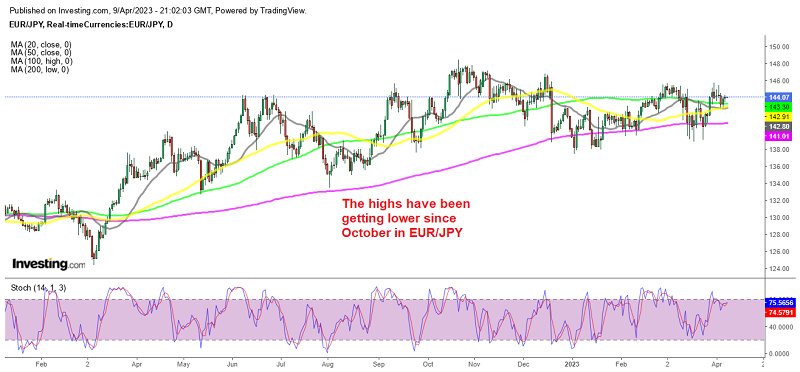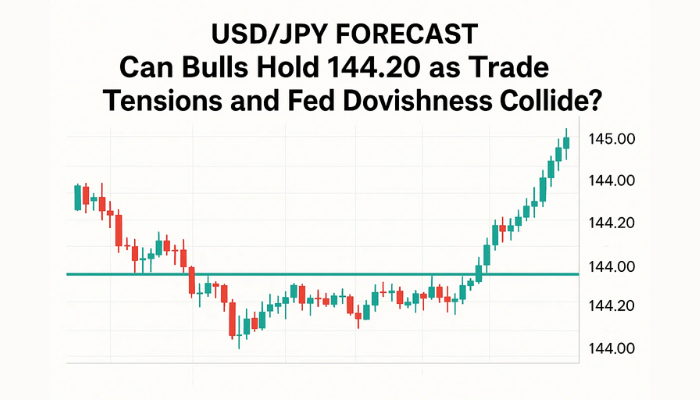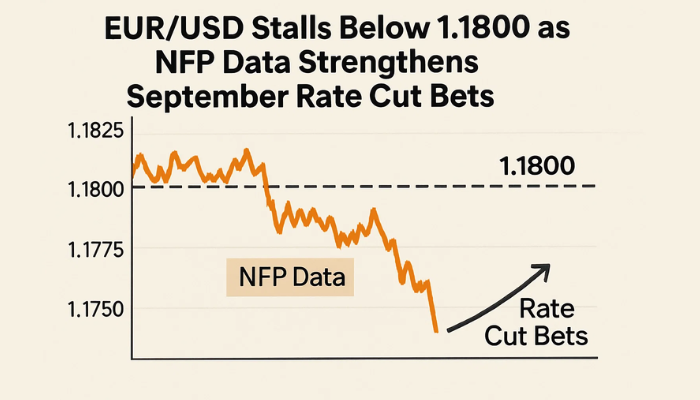Will the Larger Bullish Trend Hold in EUR/JPY?
EUR/JPY has been bullish for a year, but the uptrend will be put into question as the global economic data starts to deteriorate

The JPY has seen some renewed demand recently due to concerns about a slowing global economy, following a series of disappointing macro data from China and the US. Although the Japanese Yen has maintained a strong position against the USD, EUR/JPY continues to remain bullish in the long term.
The G10 Economic Surprise Index has declined significantly since the end of March, reaching its lowest level in two months. This raises concerns that the period of positive economic data since last September may have come to an end. In the case of the US, data released since the end of last month, including GDP personal consumption, the inflation reports, the jobs numbers and ISM services report, have raised concerns that the economy is losing momentum as a result of FED rate hikes, which benefit safe havens such as Gold and the JPY. Gold already moved above $2,000 last week, while the JPY was also pushing higher, but we saw a retreat on Friday after the positive NFP jobs report and the decline in the US unemployment rate from 3.6% to 3.5%.
Although, the recent underwhelming US data indicates that the optimism regarding the economic growth outlook may need to be reassessed. Until the end of last month, consensus forecasts implied only one quarter of negative US economic growth, indicating no technical recession. But markets are now pricing in a greater than 60% chance that US rates will be lower following the July meeting, down from the expectation of one more rate hike as early as May.
Besides that, the Chinese economy is also showing signs of weakness, which means that the grand reopening after 3 years of coronavirus lockdowns is not going very well. EUR/JPY has been benefiting from the positive data since October, since the Euro was going up as a risk asset while the JPY was retreating as a safe haven. But if the data continues to deteriorate, risks sentiment will turn negative and the bullish trend will be in question in this pair.
EUR/JPY Live Chart
- Check out our free forex signals
- Follow the top economic events on FX Leaders economic calendar
- Trade better, discover more Forex Trading Strategies
- Open a FREE Trading Account


